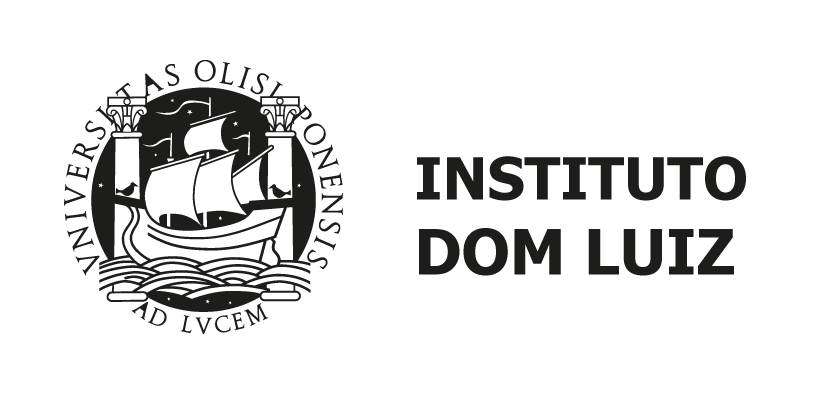Laboratory for Natural and Active source Seismology (LaNAS) - ISEL





Overview
LaNAS, Laboratory for Natural and Active source Seismology, is a laboratory in ISEL primarily dedicated to crustal imaging and evolution using seismic methods, using active and/or passive (natural) seismic sources.
It was formally established in 2015 to integrate the research and logistic activity of IDL researchers at ISEL and post-graduate collaborators within joint projects with the French laboratory IFREMER (Institut Français de Recherche pour l'Exploitation de la Mer), in the Brazilian and Mozambique continental margins.
The main research output has been seismic models of the passive continental margins of Brazil and Mozambique, so far 2D seismic profiles based on forward modelling, and 3D tomographic models based on active source seismics.
More recently it has been focused on 3D seismic crustal structure of mainland Portugal and the Azores, coupling Local Earthquake and ambient noise tomography techniques and integrating wide-angle legacy data in mainland Portugal.
The primary funding for LANAS has come from international Industry sources through contracts with IFREMER. Significant contributors include PetroBras in Brazil and TOTAL in Mozambique. Recently, there has also been some minor funding from public sources, specifically from FCT projects, for initiatives in Portugal and Azores.
Infrastructure
Computational equipment: 1 DELL WorkStation Precision 3620 QuadCore for seismic data processing and 3D modeling, 6 DELL portable workstations running Linux or Windows OS, and 4 ASUS Zenbook portable computers for field work.
Portable Seismic Stations: 8 DiGOS DATA-CUBE3 dataloggers (24-bit, with 16Gb internal storage and internal batteries and GPS antenna) + 3D Geophone PE-6/B 4.5 Hz.
Main highlights
Our laboratory's advanced infrastructure facilitated the development and publication of several 2D seismic crustal models of the structure and evolution of the passive continental margins of Brazil and Mozambique were developed and published, namely: Pará-Maranhão-Barreirinhas (Project MAGIC, N Brazil); Camamu-Almada-Jequitinhonha and Sergipe-Alagoas basins (Project SALSA, NE Brazil); Norte-Natal Valley and Limpopo Basin (Project MOZ3-5, SE Mozambique).
Using advanced seismic data processing tools and the laboratory’s computing facilities, we identified structural differences in the eastern Brazilian margin, highlighting collapsed blocks in the north and exhumed crust in the south (Gonçalves et al., 2023; Loureiro et al., 2023; Schnürle et al., 2023; Susana Gonçalves PhD Thesis, 2023). Similarly, in South Mozambique, we discovered a 30 km-thick crust with mantle intrusions, showcasing the impact of our lab's capabilities and international collaborations (Schnürle et al., 2023; Watremez et al., 2021; Moulin et al., 2023).
Seismic surveys were conducted in Portugal to retrieve the 3D seismic crustal structure of several key regions: Monchique area, in SW Portugal and the Lusitanian Basin on mainland Portugal, and the Faial-Pico and Terceira islands in the Azores. These studies provide detailed insights into the crustal architecture of these diverse geological settings.
In March 2022, the LaNAS team coordinated a rapid response seismic monitoring campaign to address the seismic crisis in São Jorge Island, Azores. This effort was crucial for real-time assessment and understanding of the ongoing seismic activity.
The Terceira seismic survey (2019-2021) enabled the identification and quantification of possible induced seismicity due to the operation of the Pico Alto Geothermal Power Station. This survey, conducted in collaboration with the station’s operator, EDA – Açores, determined that the induced seismicity was smaller than M3.
The Monchique seismic survey (2018-2021) provided a detailed characterization of the seismicity around the sienitic batholith. This study, conducted in collaboration with the local municipalities, contributed to a better understanding of the region's seismic activity.
The Terceira seismic survey (2019-2021) enabled the identification and quantification of possible induced seismicity from the Pico Alto Geothermal Power Station operation. This survey, conducted in collaboration with the station's operator, EDA – Açores, determined that the induced seismicity was smaller than M3.
Future prospects
Our laboratory endeavors to develop the necessary tools to integrate seismic ambient noise, active seismic, and earthquake data into a holistic 3D crustal structure model. By doing so, we aim to enhance our understanding of seismic activity and contribute to advancing seismic research.
To Incorporate machine learning algorithms to automate data processing tasks, identify patterns in seismic data, and improve the accuracy of structural models.
To enhance monitoring capacities by updating seismic station infrastructure, expanding the pool of seismic stations, and investing in environmental seismology to effectively monitor groundwater systems, CO2 storage, landslides, and volcanic edifices, thereby advancing environmental management and disaster mitigation efforts.
By enhancing our understanding of subsurface geological features and properties, we can optimize resource exploration and extraction techniques, leading to more efficient and environmentally responsible utilization of these energy sources.
Investing in environmental seismology is crucial in disaster prevention, and environmental management is essential for societal well-being and sustainable development. By providing vital insights and data for informed decision-making, environmental seismology enhances resilience to natural hazards and fosters a safer, more sustainable future. This investment contributes significantly to building a resilient and adaptive society capable of addressing and mitigating the impacts of natural disasters and environmental challenges.
Contact Person
Address
ISEL Campus
